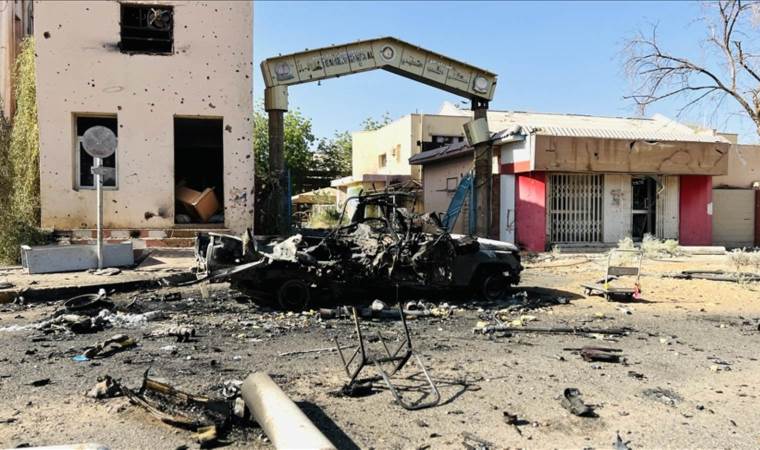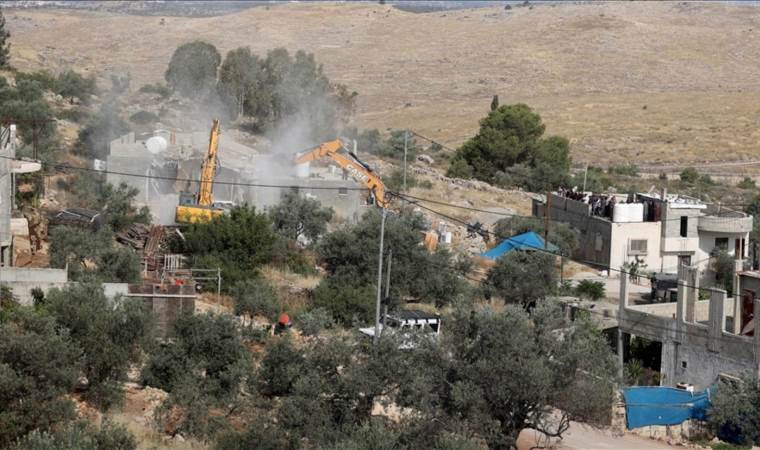India records hottest and driest August in history
India has just experienced its hottest and driest August in recorded history.

While some parts of northern India faced deadly floods during the month due to heavy downpours, the overall rainfall was considerably lower, resulting in record high temperatures, as reported by AFP.
According to the India Meteorological Department (IMD), the average and maximum temperatures in August 2023 were the highest recorded since 1901. The primary factor behind this phenomenon was a significant deficiency in rainfall and poor monsoon conditions.
IMD data indicates that the average rainfall for August this year was 161.7 millimeters (6.4 inches), which is 30.1 mm lower than the previous record set in August 2005.
Summer rains are crucial for India's food security and the livelihoods of its rural population, as millions of farmers rely on the monsoon for their crops. The monsoon is triggered by the summer heat warming the subcontinent's landmass, causing the air to rise and drawing in cool winds from the Indian Ocean, resulting in substantial rainfall.
However, the monsoon also brings annual destruction in the form of landslides and floods, exacerbated by melting glaciers and unregulated development in flood-prone regions.
Despite the record-low rainfall, August witnessed at least 65 casualties from floods and landslides triggered by torrential downpours around India's Himalayan region.
The Indian Meteorological Department has declared heatwaves almost every year for the past decade, with temperatures sometimes soaring to 50 degrees Celsius (122 Fahrenheit).
Recent years have seen temperature records shattered worldwide, reflecting the increasing variability of meteorological conditions due to climate change.
July 2023 was declared the hottest month ever recorded on Earth, marked by heatwaves and fires globally, according to Copernicus, the European Union's climate observatory. Greenhouse gas emissions are contributing to the intensification and prolongation of heatwaves.
Most Read News
-
 No Future Without Industry: A Call for Production-Orient
No Future Without Industry: A Call for Production-Orient
-
 Israel’s Ben-Gvir ends US visit amid pro-Palestine prote
Israel’s Ben-Gvir ends US visit amid pro-Palestine prote
-
 Japan seeks collaboration to advance nuclear disarmament
Japan seeks collaboration to advance nuclear disarmament
-
 Major fire erupts at electrical substation in West Londo
Major fire erupts at electrical substation in West Londo
-
 Ukraine appoints new deputy defense ministers amid ongoi
Ukraine appoints new deputy defense ministers amid ongoi
-
 Malaysia urges all parties in Myanmar to continue ceasef
Malaysia urges all parties in Myanmar to continue ceasef
-
 German Social Democrats conclude key vote on coalition d
German Social Democrats conclude key vote on coalition d
-
 Canada's Liberal Party wins federal elections by over 43
Canada's Liberal Party wins federal elections by over 43
-
 At least 41 civilians killed, scores injured in RSF shel
At least 41 civilians killed, scores injured in RSF shel
-
 Israeli army arrests 22 Palestinians, demolishes 4 homes
Israeli army arrests 22 Palestinians, demolishes 4 homes










